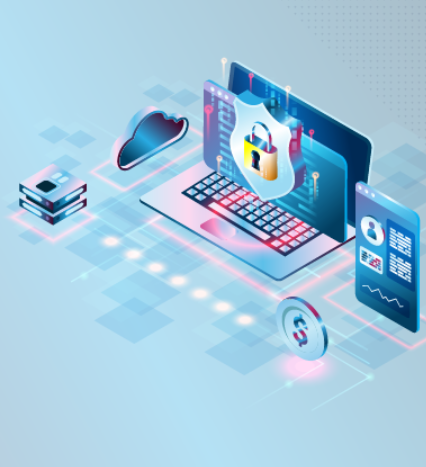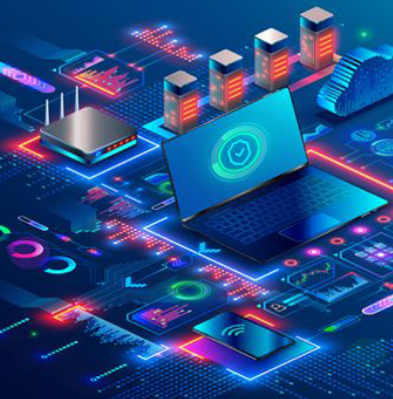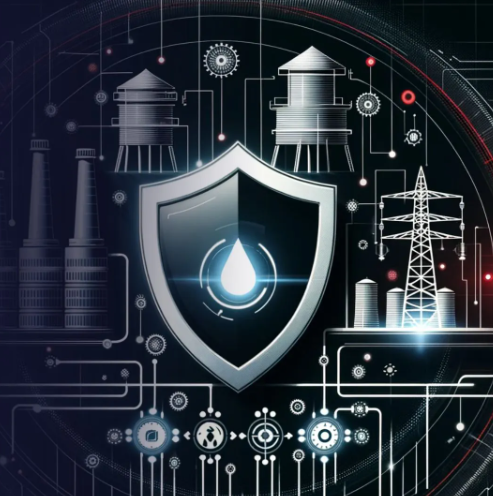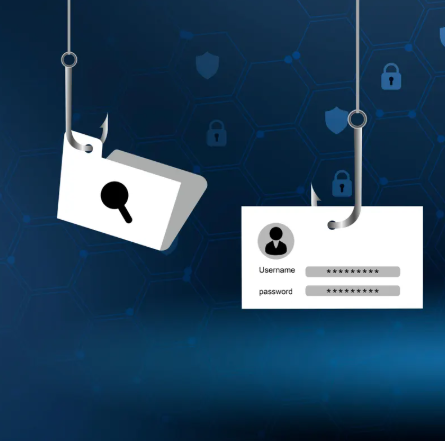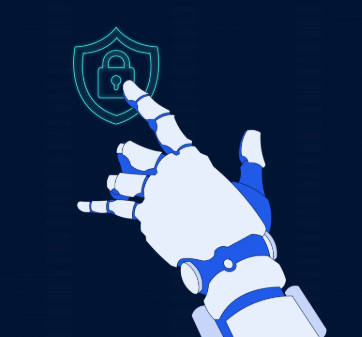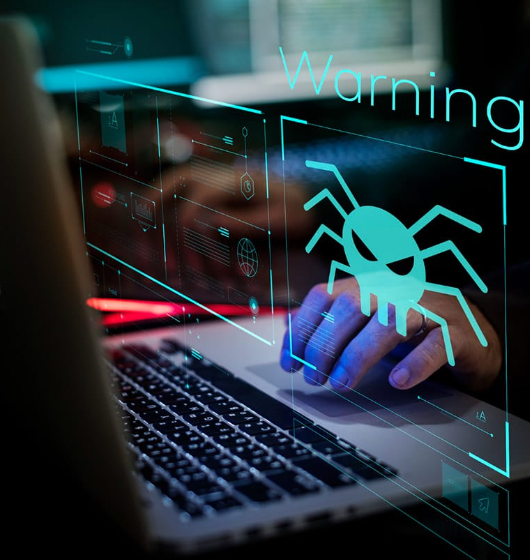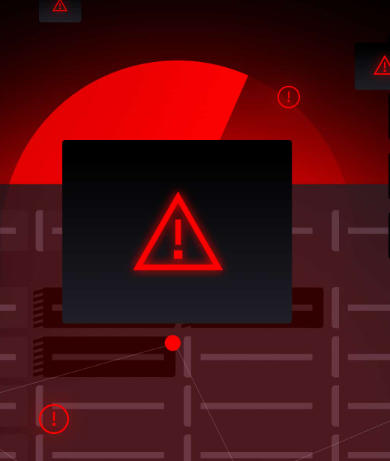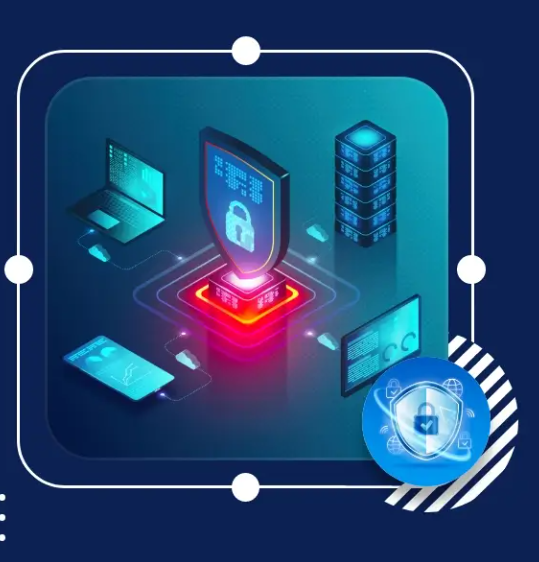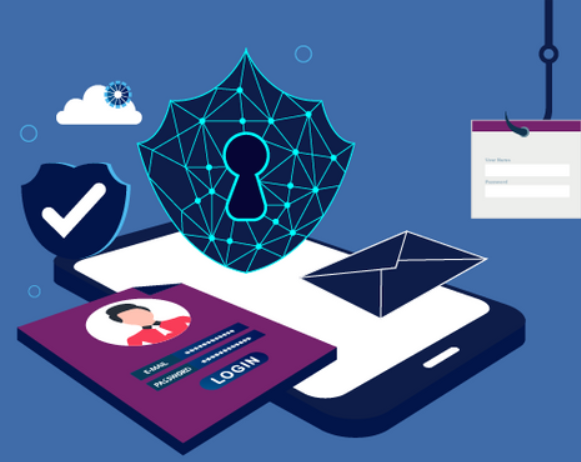
As cyber threats become increasingly sophisticated, traditional security measures are struggling to keep up. Ransomware, phishing attacks, and zero-day exploits are evolving rapidly, leaving organizations vulnerable to breaches. The answer to this growing problem lies in adopting an AI-powered security infrastructure. With the right approach, transitioning to AI can enhance your defense capabilities and ensure better protection against modern cyber threats.
Why AI Security is the Future
Older security systems often rely on static, signature-based methods to detect threats. These traditional approaches depend on manually responding to attacks, which can be slow and ineffective against rapidly changing cyber threats. AI, on the other hand, offers dynamic threat detection, automated responses, and real-time contextual analysis. By integrating AI into your infrastructure, you can shift from a reactive to a proactive security model, constantly learning and adapting to new threats.
The Benefits of AI in Cybersecurity
Organizations utilizing AI-powered security solutions detect threats 96% faster and manage incidents 75% more effectively than those using traditional systems. AI allows for real-time threat detection, instant responses, and the ability to predict and mitigate potential risks, offering a smarter and faster approach to cybersecurity.
How to Transition to AI-Powered Security
- Evaluate Your Current Security Setup
Start by reviewing your current security tools, workflows, and vulnerabilities. Identify areas that are slow, manual, or inconsistent, such as threat detection and incident response. This will help set achievable goals and determine where AI can best be integrated into your existing infrastructure. - Set Clear Objectives
Establish what you want your AI-powered security system to accomplish. Common goals include improving detection speed, automating incident response, reducing alert fatigue, enhancing threat intelligence, and improving scalability. - Choose the Right AI Solutions
Select AI tools that integrate seamlessly with your existing security infrastructure. Look for platforms offering real-time monitoring, behavioral analytics, and intelligent automation that fit your specific needs. - Integrate AI with Existing Systems
AI should complement your existing security tools rather than replace them. Integrate it with your SIEM, firewalls, endpoint protection, and threat intelligence platforms to create a cohesive and unified defense system. - Automate Routine Tasks
Leverage AI to automate repetitive tasks like log analysis, threat scoring, and alert triage. This allows your security team to focus on high-priority threats while reducing manual workloads. - Train Your Team
Ensure your security analysts are equipped to understand AI-generated insights, fine-tune algorithms, and manage automated processes. A well-trained team is key to making the most of AI-powered security tools. - Monitor and Scale
AI systems continuously improve over time. Keep an eye on system performance, tweak settings as needed, and scale your AI capabilities to adapt to growing security needs and an expanding threat landscape.
Advantages of AI-Powered Security
- Faster Detection
AI systems quickly detect irregularities and malicious patterns, often spotting potential threats before they develop into serious breaches. - Automated Incident Response
AI enables rapid responses to threats, such as isolating infected devices or disabling compromised accounts, minimizing damage and downtime. - Predictive Threat Analysis
AI can anticipate potential attack methods and identify system weaknesses, allowing for proactive defense measures and better long-term planning. - Lower Operational Costs
By automating detection and response processes, AI reduces the need for constant human monitoring, boosting efficiency and cutting costs. - Scalable Security Solutions
AI-powered security grows with your business, adapting to increasing data volumes, expanding user bases, and growing network complexities.








